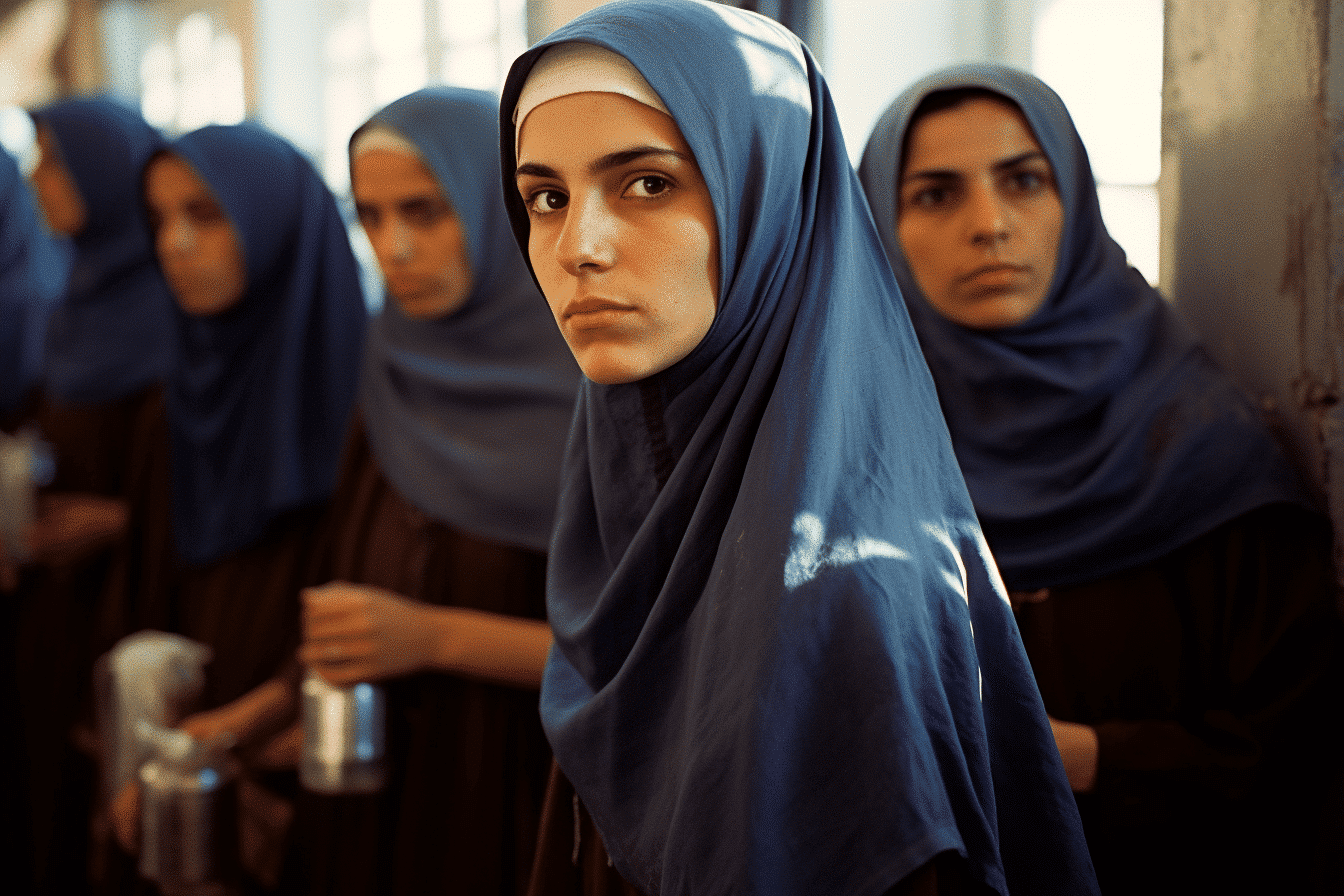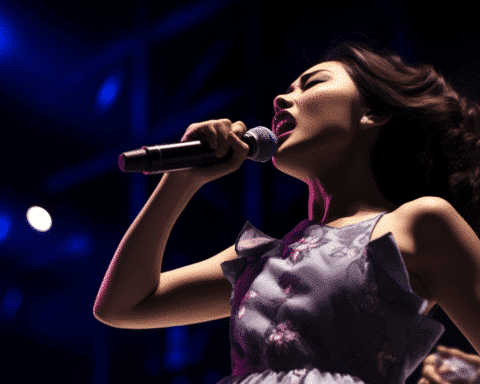In the wake of Mahsa Amini’s tragic death in September 2022, resulting from her confinement in a “re-education center” by Iran’s morality police due to alleged dress code violations, protests erupted in Tehran. Yalda Moaiery, a prominent photographer, was apprehended and reportedly assaulted after capturing these protests on camera, which had burgeoned into a more significant women-driven movement after Amini’s demise at just 22.
By December, Moaiery was out on bail yet faced the threat of a six-year incarceration for supposed anti-state activities. She later shared a video on her social media, seen in an orange uniform, signalling her sentence as she cleaned the streets.
Nearly two decades ago, Moaiery had received approval to document the police’s actions against women accused of violating Iran’s mandatory hijab laws. These powerful images, featuring scared and defiant women being led to police vehicles, are showcased in the recently published book “Breathing Space,” curated by renowned Iranian art curator Anahita Ghabaian Etehadieh.
“Breathing Space,” released by Thames & Hudson, encapsulates the creative vision of 23 Iranian female photographers over thirty years. It unveils a crucial juncture in Iran’s contemporary timeline, especially with the nation witnessing a resurgence of its morality police post widespread uproar after Amini’s death.
Photography as a Catalyst for Change
Ghabaian Etehadieh emailed CNN, “For Iranian women, we’re in a significant historical period. This phase holds importance for Iranian photography. With the world recognizing gender equality, our goal is to advance creatively and more universally.”
Since its inception in 2001, the Tehran-based Silk Road Gallery, a pioneer in showcasing modern photography in Iran and managed by Ghabaian Etehadieh, has spotlighted many artists featured in this book.
She commented on the status of photography in Iran, “Back in 2001, photography was sidelined. Although many students are inclined towards photography and enjoy a vast audience, it hasn’t been accepted as a mainstream art form in Iran.”
On a global stage, Iranian photographers like Hengameh Golestan, Newsha Tavakolian, and Shadi Ghadirian, all contributors to “Breathing Space,” are celebrated in esteemed venues like the Smithsonian, V&A Museum, and LACMA.
“This book’s significance surpasses that of any singular exhibit. It offers a fresh perspective on Iranian photography by exclusively featuring female artists. Their diverse backgrounds help narrate Iran’s tale and shape its photographic legacy,” Ghabaian Etehadieh elaborated.

Narrating Women’s Realities
Photographs from Ghadirian’s series, “Like Every Day,” criticize the domestic limitations placed on women, with everyday items camouflaging their faces. Ghadirian’s work reflects women’s daily dilemmas, juxtaposing tradition with modernity and spotlighting female commodification.
Though varied in style, the collection echoes themes like gender equality, environmental concerns, and nostalgia. The book’s intent is clear from the outset, starting with images from Golestan’s 1979 series that captured women’s marches against the newly-imposed hijab laws.
Ghabaian Etehadieh added, “The book is organized neither chronologically nor thematically. It weaves through generations, themes, and artistic styles, highlighting female photographers’ challenges in their artistic pursuits and their fight for a ‘breathing space.'”
As the tides of change sweep through Iran, the resilient voices of female photographers capture moments of defiance, hope, and transformation. Their lenses unveil stories of resistance, dreams, and the relentless quest for equality. “Breathing Space” is more than just a collection of photographs; it stands as a testament to the undying spirit of Iranian women, their artistic prowess, and the weight of the stories they carry. As the world shifts its gaze to understand the nuances of Iranian culture, this book serves as a bridge, a beacon, and a reminder of the power of perspective.

